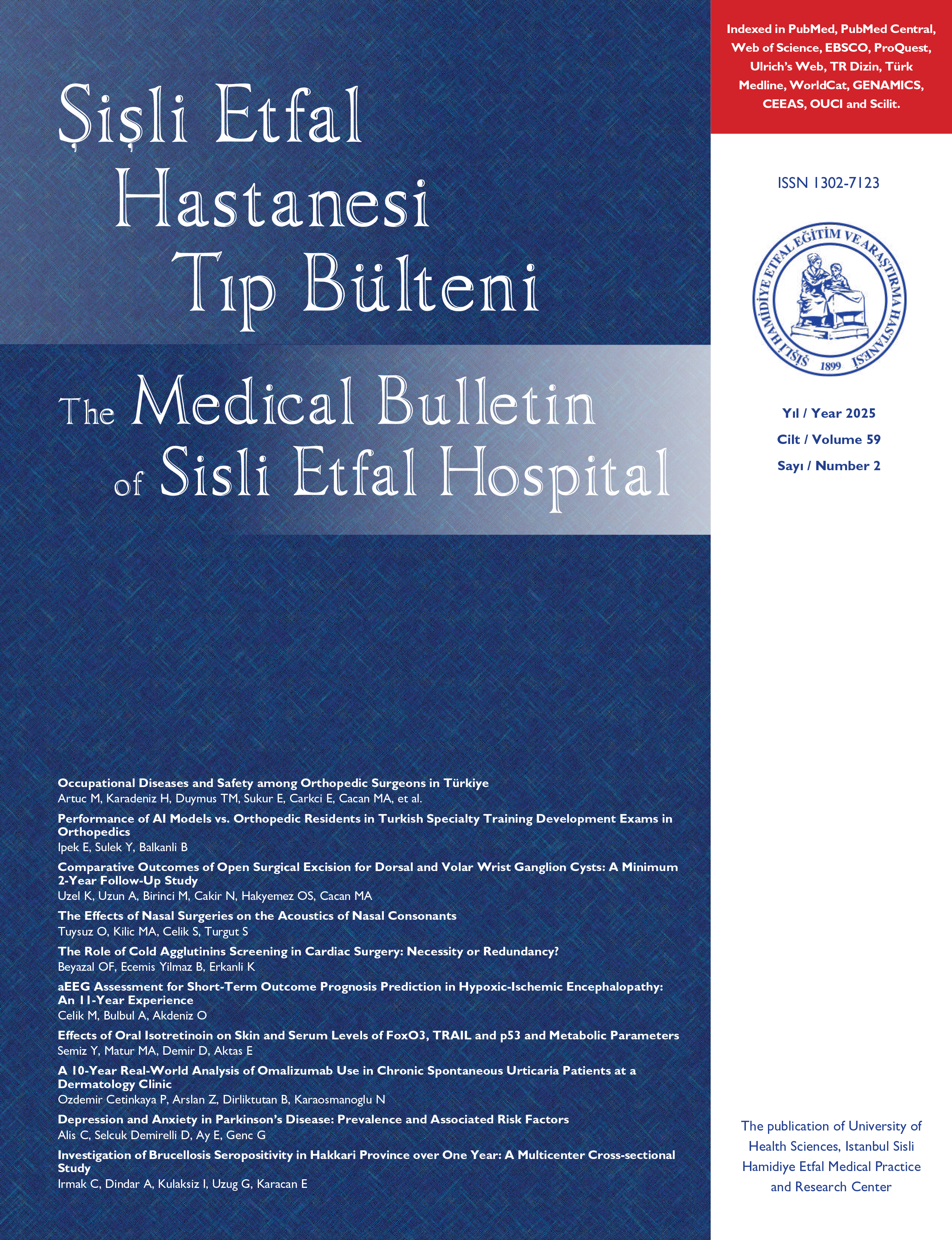
2Department of Plastic and Reconstructive Surgery, HealthCare Global (HCG) Cancer Centre, Bangalore, Karnataka, India
3D Patient-Specific Biomechanical Model of the Tongue for the Management of Tongue Tumors: Conceptualization to Reality
Piyush Sinha1, Bhanu Prakash Bylapudi1, Prashant Puranik2, Anand Subash1, Vishal Rao11Department of Head and Neck Surgical Oncology and Robotic Surgery, HealthCare Global (HCG) Cancer Centre, Bangalore, Karnataka, India2Department of Plastic and Reconstructive Surgery, HealthCare Global (HCG) Cancer Centre, Bangalore, Karnataka, India
Objectives: Increasing use of tobacco by the younger generation has resulted in an increase in oral cavity tumors. Surgical treatment is radical and results in severe functional morbidity. Using computer-aided designing technology, surgical and rehabilitative planning can be better. We present here our concept of a patient-specific biomechanical 3D model of the tongue and its clinical utility in the management of tongue tumors.
Methods: Using fused deposition modeling, the 3D model of the tongue was printed which easily differentiates the tumor and the uninvolved tongue by printing in two different colors. The 3D tongue model was used by the surgical and rehabilitation teams to frame the treatment and plan the rehabilitation taking into account the patient preferences and needs. The model was used in two patients with operable squamous cell carcinoma (SCC) of the tongue, and the utility of the model in margin planning, surgical defect assessment, and its aid in the reconstruction and rehabilitation was assessed.
Results: Two patients with Stage III SCC of the tongue underwent the surgery based on the plan evolved from the 3D model. All the surgical margins assessed by the frozen section analysis were clear. The model helped in addressing the discordance between patient expectations and surgical outcomes. We found that the model aided the reconstructive surgeon in planning the flap harvest based on the pre-operative defect assessment, which, in turn, translated into better rehabilitative outcomes.
Conclusion: 3D biomechanical tongue model is a novel concept and aids in improving the overall treatment outcomes. The realistic 3D reconstructed image model helps the oncologist in planning the resection, enables the reconstructive surgery to more precisely predict the defect volume, and lastly the rehabilitative team in developing better rehabilitation strategies.
Keywords: 3D model, Computer-aided designing, Free flap, Margin, Tongue cancer
Makale Dili: İngilizce



















